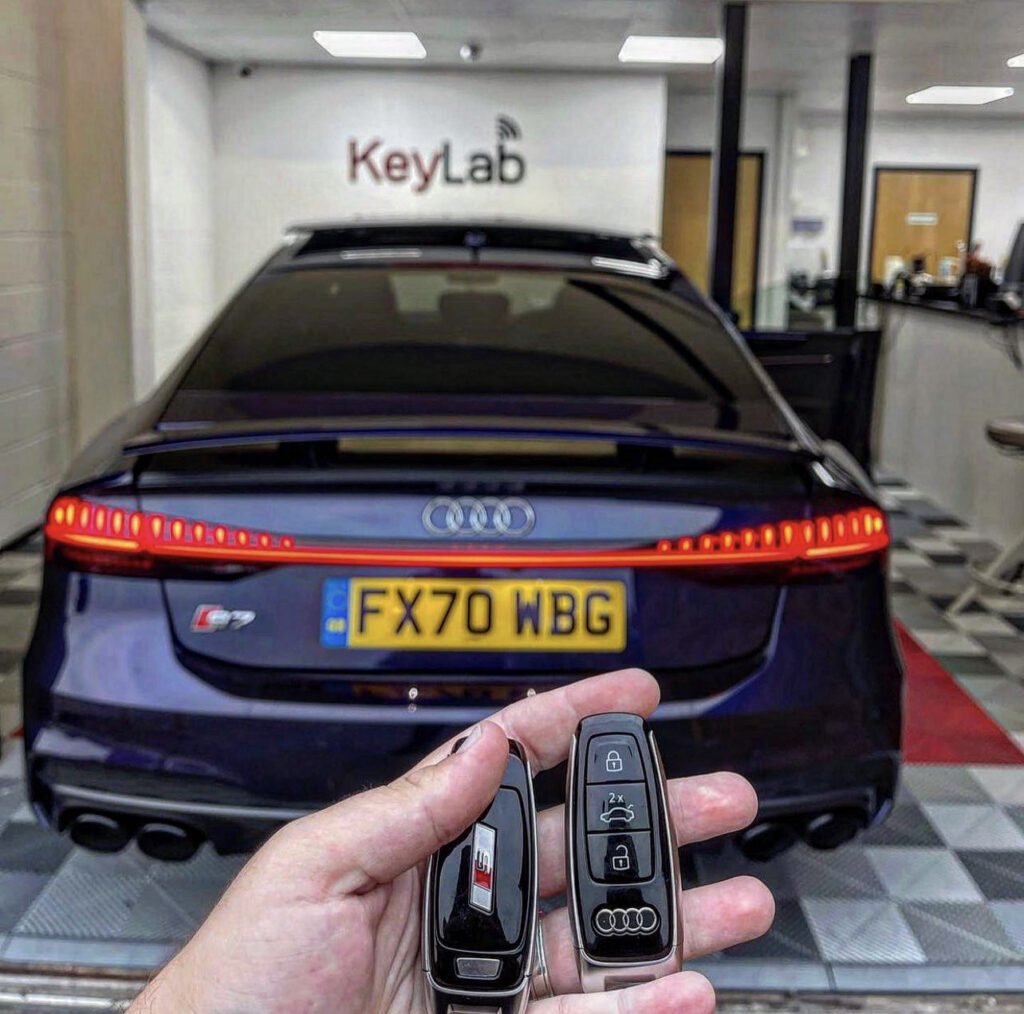Automotive Diagnostics
There are a variety of diagnostic tools that can be used for automotive purposes. They include back-pin probing, Pattern recognition algorithms and Component failure warning systems. In addition to identifying component failures these diagnostic tools may also assist you in communicating via remote assistance. These tools are essential to making sure that your vehicle is safe on the road.
Warning system to alert you to a component that is failing.
Modern vehicles have many electronic and internal systems that track the performance of the vehicle. A malfunction could cause these systems to malfunction. If a component of the vehicle fails to function correctly, it will send an alert signal to inform the driver about the problem. Some warning lights may signal a minor issue, like a loose gas cap, while others can indicate the presence of a more serious issue.
A device that detects malfunctions will save information that can be used to assist technicians identify the issue and fix it. Repair technicians can quickly repair the issue if it is identified early enough. The owner of a vehicle can increase its security and lower maintenance costs by following these tips.
Modern vehicles have an onboard computer diagnostics system that constantly monitors all major functions and systems. It also monitors the efficiency of fuel and harmful emissions. When a component fails, warning lights will be visible on the dashboard. This system, called OBD is utilized on personal vehicles, trucks, and commercial vehicles. It is now an industry standard and makes diagnosing much simpler.
These warnings take the form of Diagnostic Trouble Codes, or DTCs, which are the result of a diagnostic procedure that determines the root cause of the issue. Diagnostics require a thorough search for service information as well as pin-point tests of the vehicle, and then examining the affected areas. It is essential to be aware of the meaning of these codes so that you can properly diagnose a vehicle's problems.
Communication between the vehicle and a remote assistance facility
Remote assistance services can only work with your vehicle if there is the capability of communicating with it. Vehicle-to-vehicle (V2V) communication is a method used to communicate with other vehicles and exchange information wirelessly. This technology allows for the transmission of omni-directional communications up to 10 times per second. It also allows vehicles to maintain an eye-to-eye view of other vehicles in 360 degrees. It also uses information from surrounding vehicles to warn drivers of pending accidents. These systems can also use audible, tactile, and visual alerts to help drivers avoid accidents.
Back-pin looking
Back-pin probing is a technique in automotive diagnostics which uses a sharp pin to make contact with automotive connectors. These probes are able to be used on any vehicle model and are generally inexpensive. They are helpful for taking live circuit measurements without causing damage to connectors. This process is a way to avoid the need for puncturing the wire insulation.
Many technicians prefer back-probing to diagnose automotive problems. It is much more convenient than piercing wire insulation. These tools are easy to insert into automotive connectors with a variety of tips. Many specialty back-probes feature a small diameter which reduces the amount of leverage that is applied to the connector.
Many automotive diagnostic kits include several connectors and probes such as banana plugs and alligator clips. Some kits also come with various tests kits. These kits let you quickly and easily look for any issues that could be present in the electrical system of your vehicle.
Back-pin probing is one of the most effective ways to test automotive connectors. It allows you to quickly connect or disconnect the test leads. Another benefit for this method of diagnostics is that it is cost-effective. This method can save a lot of time, work and also money.
On-board diagnostics
On-board diagnostics in automotive systems can provide drivers with vital details about the condition of their vehicle. It can also alert them to the need for maintenance or repair. This technology could improve the efficiency of fuel and also improve reliability. This technology is used to enhance safety and engine performance by car manufacturers. These systems can assist drivers in saving time and money by allowing them to view how their car is performing without needing to visit a mechanic.
Before the introduction of standard on-board diagnostics , manufacturers needed to create their own systems. simply click the up coming website page of the system relied on their own connectors, electronic interfaces, and customized codes to identify issues. The first systems were introduced in 1968 and 1978 by Volkswagen and Datsun. The Society of Automotive Engineers (SAE) eventually required that all cars have the technology. California also required that all vehicles be equipped with on-board diagnostics in 1994.

On-board diagnostics systems have become so advanced that they can match the computing power of a desktop computer. They can be used with different mid-speed networks and are becoming increasingly capable of handling huge amounts of data. A lot of on-board diagnostics systems have sensors for vehicle speed, that detects rough roads accurately. These sensors are integrated into the engine control module, or ECU.
If a vehicle's engine is experiencing issues or is experiencing problems, the OBD system will be able to detect the issue and illuminate a warning light in the instrument cluster. When the OBD system has detected the issue, it will store a diagnostic code. To read the trouble code it is possible for a mechanic to connect a scanner to an OBD connector that is located beneath the dashboard. A mechanic might not be able to read the trouble code, but it can help him determine what is wrong.
